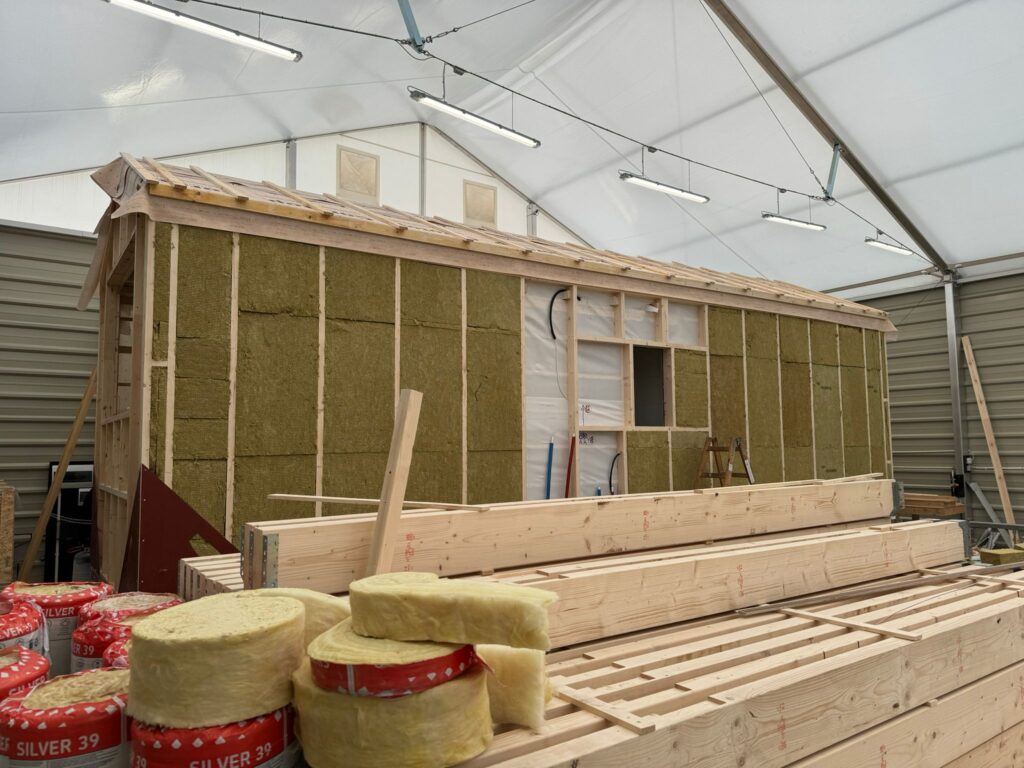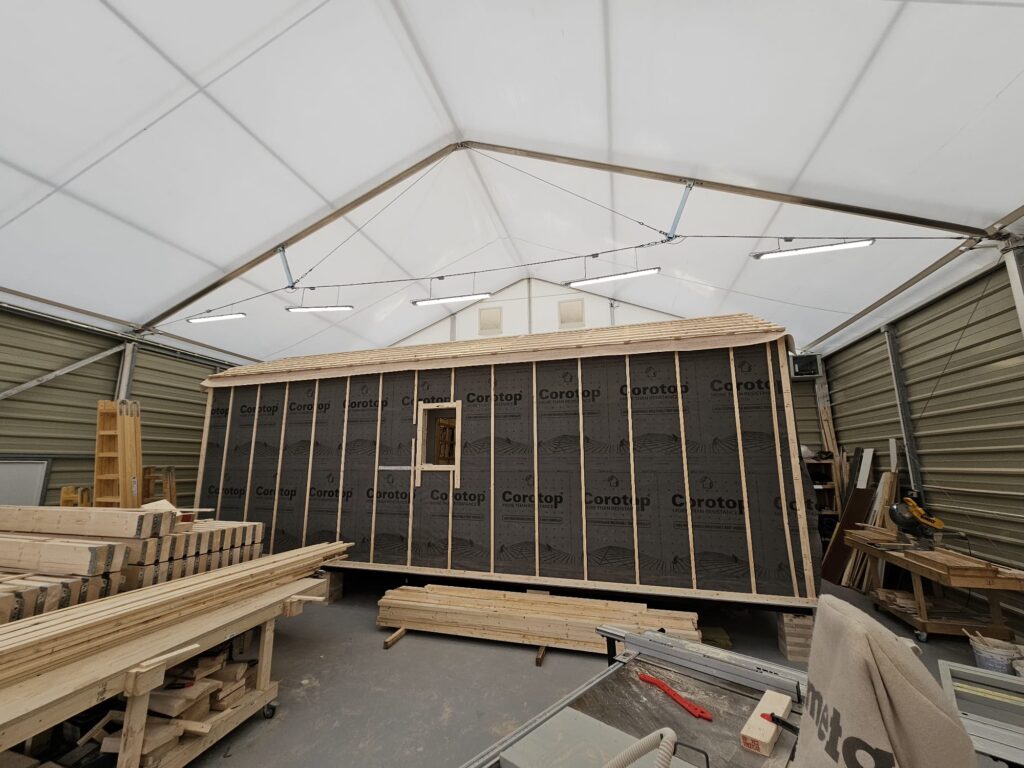

When we talk about flex housing, it is not only about innovative architecture and space efficiency, but also about compliance with building regulations. One of the most important aspects to consider when building flex housing in the Netherlands is the Building Code. In this blog, we take a closer look at what the Buildings Decree entails and how it applies to flex housing, focusing specifically on our company, Tiny.nl.
What is the Building Code?
The Building Code is a collection of building regulations that sets out the minimum requirements that structures in the Netherlands must meet in terms of safety, health, usability, energy efficiency and the environment. It aims to ensure the quality and safety of buildings and protect the health and well-being of users.
The Building Code contains specific rules relating to various aspects of the building process, including construction, fire safety, ventilation, insulation, accessibility, and much more. These rules apply to new construction as well as conversion and renovation of existing buildings.
Temporary and Permanent Building Regulations: What are the differences?
The Building Code distinguishes between temporary and permanent structures based on the permit granted by municipalities.
Temporary Building Regulations: This applies to structures for which a temporary permit has been granted by municipalities instead of a permanent permit. Temporary structures have to comply with specific regulations aimed at the temporary nature of the building. These regulations may relate, for example, to demountability, mobility, and flexibility. Insulation requirements may be sufficient to provide comfort to occupants over the expected life of the structure, but may not need to meet the highest standards of energy efficiency required for permanent structures.
Standing Construction Order: This applies to structures for which a permanent permit has been granted by municipalities. Permanent structures must comply with the regular building regulations set out in the Building Code, with emphasis on durability, stability, and long-term use. This also includes meeting specific insulation requirements to ensure energy efficiency, provide comfort to occupants and meet applicable sustainability targets.
How does the Building Code apply to flex housing and Tiny.nl?
Flex-homes, often characterised by their modular and adaptable nature, can fall under both temporary and permanent Building Regulations, depending on the permit granted by municipalities. At Tiny.nl, we strive to comply with both temporary and permanent building codes and BENG (Near Energy Neutral Buildings) standards, depending on the specific requirements of the project.
Compliance with the temporary or permanent Building Code is essential to ensure that our flex housing meets the applicable building requirements and standards, including specific insulation requirements, and that it is safe, healthy, and durable throughout its lifetime.
Conclusion
The Building Regulations provide an essential framework for the construction of flex-homes, with compliance ensuring that these homes are safe, healthy, and sustainable. At Tiny.nl, we take a leading role in this by striving to comply with both temporary and permanent building codes and BENG standards, depending on the needs of our clients and projects. This allows us to deliver high-quality and compliant flex housing that meets our clients' needs and expectations, while also contributing to a better built environment for all.

